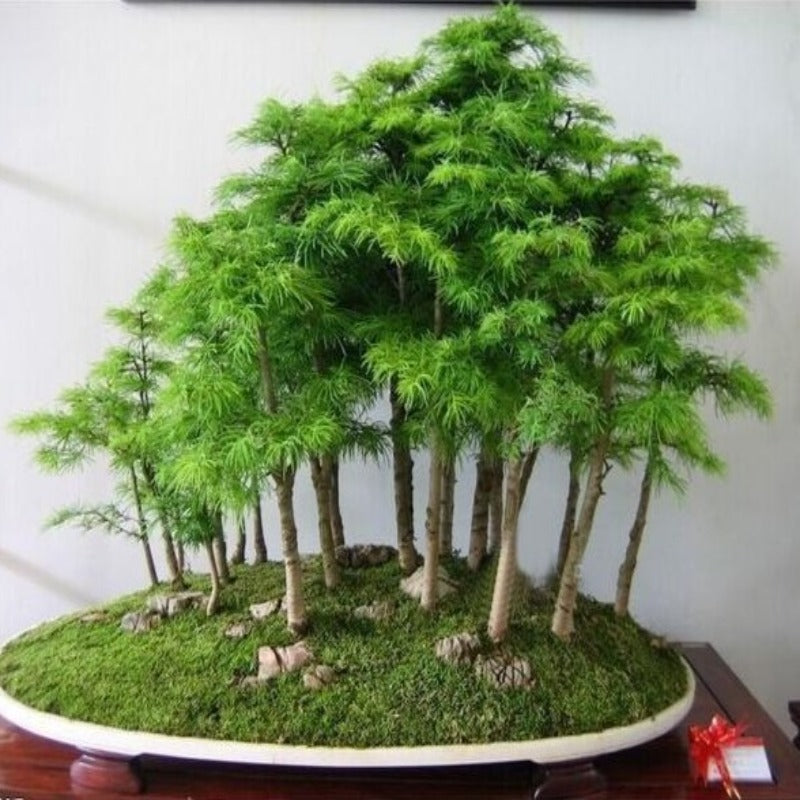- Species and varieties: Juniper bonsai trees belong to the genus Juniperus, which includes a variety of species such as Juniperus chinensis (Chinese Juniper), Juniperus procumbens (Japanese Garden Juniper), and Juniperus communis (Common Juniper). These species are popular for bonsai due to their hardy nature and attractive foliage.
- Hybrid or heirloom: Juniper bonsai tree seeds can be both hybrid and heirloom. Heirloom varieties are often preferred by bonsai enthusiasts for their traditional characteristics and natural growth patterns, while hybrid varieties may offer improved resistance to diseases and pests.
- Pruning and training: Pruning and training are essential for maintaining the shape and health of a juniper bonsai tree. Regular pruning helps to control growth and encourages the development of dense foliage. Wiring can be used to shape the branches, but care must be taken to avoid damaging the bark.
- Fertilization needs: Juniper bonsai trees benefit from regular fertilization during the growing season. A balanced, slow-release fertilizer can be applied every 4-6 weeks. Organic fertilizers such as fish emulsion or seaweed extract are also suitable. It's important to reduce fertilization during the winter months when the tree is dormant.
- Hardiness zones: Juniper bonsai trees are suitable for USDA hardiness zones 4 through 9. They can tolerate a wide range of temperatures but may require protection in extreme cold or heat.
- Climate requirements: Juniper bonsai trees thrive in full sun to partial shade. They prefer well-drained soil and can tolerate drought conditions once established. However, they do not do well in overly wet or humid environments.




